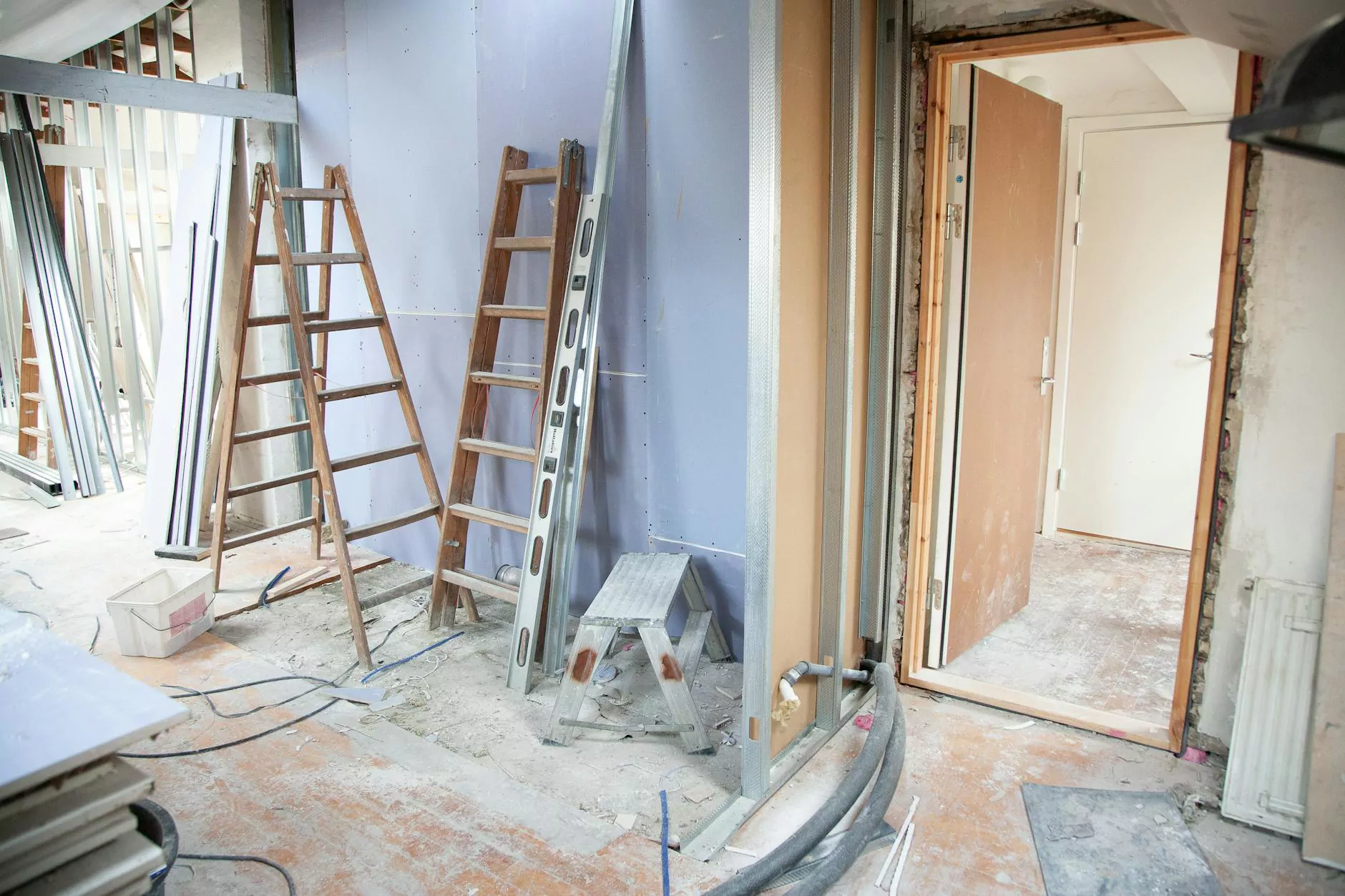Just say no to rent-to-own
Our Team
Welcome to Social Service of America's blog where we aim to empower individuals and communities with knowledge and resources to make informed decisions. In this article, we will explore the concept of rent-to-own schemes and shed light on why it might not be the best solution for your financial needs.
The allure of rent-to-own
Rent-to-own, also known as lease-to-own or rent-to-buy, is a system that allows individuals to rent a property with an option to purchase it in the future. The idea of getting closer to homeownership without the need for a large down payment can be enticing, especially for those struggling to qualify for a traditional mortgage.
However, it's crucial to understand the underlying mechanisms of such schemes and the potential drawbacks that may outweigh the benefits.
The high cost of convenience
One of the main concerns with rent-to-own agreements is the inflated cost compared to traditional rental or mortgage options. Rent-to-own properties often come with higher monthly payments, including added fees and premiums. These additional expenses may make it challenging to build equity and achieve long-term financial stability.
Moreover, individuals engaging in rent-to-own agreements may be locked into a purchase price that is significantly higher than the market value, leaving them at a disadvantage when it comes to potential equity gains.
Uncertain path to homeownership
Rent-to-own agreements often extend over several years, during which time circumstances may change. Life events such as job loss, changes in personal relationships, or unforeseen financial challenges can affect your ability to secure a mortgage when the time comes to exercise the purchase option.
Additionally, in many cases, a portion of the monthly payment goes towards a non-refundable "option fee" or "rent premium." If, for any reason, the tenant/buyer decides not to proceed with the purchase, this fee is typically non-refundable, resulting in a significant loss of money.
Exploring alternative pathways
While rent-to-own may seem appealing at first glance, it's essential to consider alternative options that can provide a more secure and financially viable path to homeownership.
1. Savings and budgeting: Prioritize saving for a down payment through disciplined budgeting and reducing unnecessary expenses. This approach allows you to secure more favorable financing terms and gain greater control over your future home.
2. First-time homebuyer programs: Research federal, state, or local government programs designed to assist first-time homebuyers, including down payment assistance, favorable loan terms, and educational resources.
3. Connecting with nonprofit organizations: Explore organizations in your community that offer housing counseling services or financial education programs. They can provide guidance on navigating the homebuying process and offer valuable resources.
Conclusion
When it comes to rent-to-own schemes, it's crucial to evaluate the long-term financial implications and carefully consider alternatives that may better suit your needs. Social Service of America is dedicated to promoting financial literacy and empowering individuals to make informed decisions that contribute to a sustainable future.
By embracing alternative pathways to homeownership and prioritizing financial education, you can shape a brighter future for yourself and your community. Say no to rent-to-own and unlock opportunities for long-term financial stability and success.










